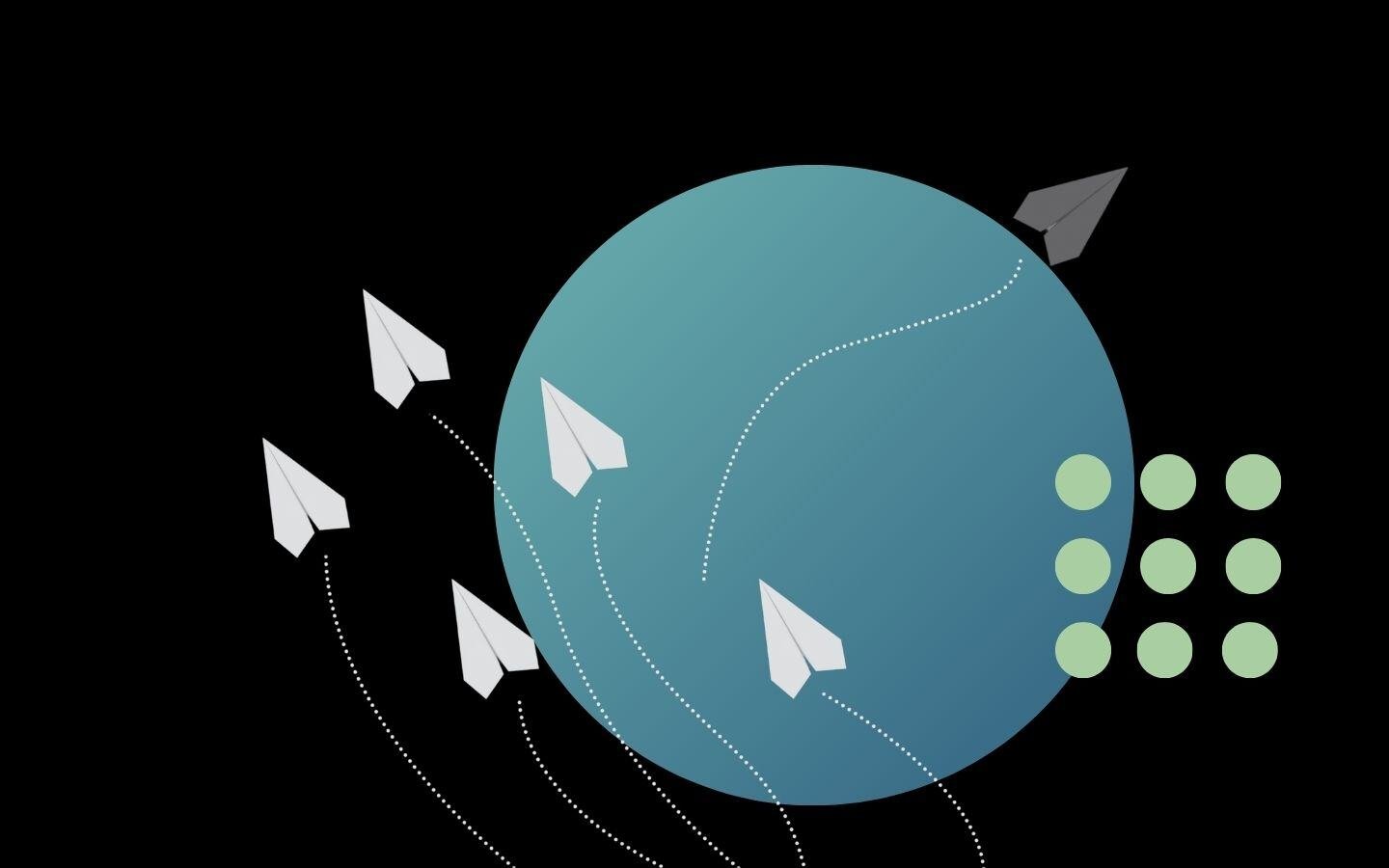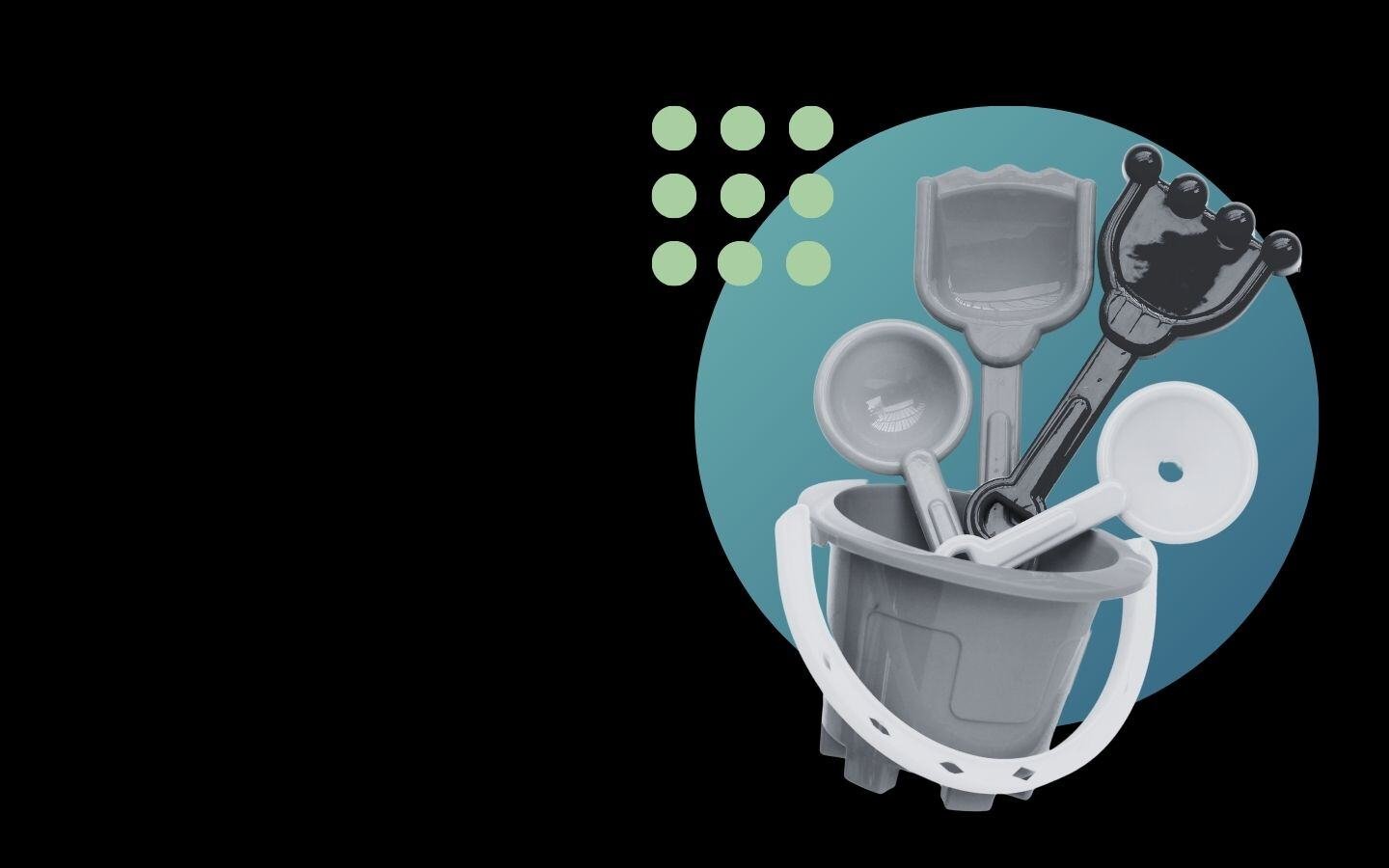Leveraging API sandboxes for QA testing and automation
In our previous post, we explored the fundamental reasons developers need API sandboxes and how Hoverfly Cloud addresses those challenges. Now, let's take a closer look at how API sandboxes can significantly enhance QA (quality assurance) and automated testing workflows.
This post will guide you through the ways API sandboxes can minimise risks, streamline testing processes, and improve overall test coverage, making them indispensable for modern software development.
Why API sandboxes are critical for QA
Testing in production environments comes with inherent risks, and when things go wrong, the results can be costly. Regression testing, for instance, ensures that new code doesn’t break existing functionality. However, running these tests directly on live systems can lead to unexpected failures, service disruptions, or even data loss.
API sandboxes mitigate these risks by providing isolated environments where developers and QA teams can test new features without impacting production systems. This allows for early detection of bugs, ensuring that only stable code reaches production.
For example, when testing a retail platform’s checkout process, you don’t want to interfere with live transactions. By utilising Hoverfly Cloud’s isolated API instances, you can safely test new code paths, workflows, and edge cases, reducing the risk of unintentional issues in production.
Automating your tests with API sandboxes
Automated testing is essential for maintaining code quality in fast-paced development environments, but it requires a stable, scalable testing setup. API sandboxes offer just that. By mocking external dependencies and enabling unlimited API calls, Hoverfly Cloud helps QA teams set up comprehensive, automated test suites that cover everything from functionality to performance testing.
Take load testing, for example. In real-world scenarios, APIs need to handle a high volume of requests without failure. Hoverfly Cloud’s sandbox allows developers to simulate heavy traffic and stress-test their APIs without impacting the live environment, ensuring their systems are ready for real-world use.
Another common challenge in automated testing is handling stateful processes, such as testing multi-step workflows where the API response changes depending on the sequence of actions. Hoverfly Cloud’s dynamic response generation ensures these workflows are accurately simulated, making your tests more realistic and reliable.
Overcoming challenges with external dependencies
In modern software architectures, APIs often rely on third-party services that may be unpredictable or prone to downtime. These dependencies can cause delays in testing or even prevent it altogether. By mocking these services with and API sandbox, QA teams can create a stable environment where tests run consistently, regardless of the status of external services.
For example, when testing a booking system that integrates with multiple payment gateways, you can use Hoverfly Cloud’s state machines to mock each payment gateway’s API behaviour. This ensures that your tests are reliable, even if the actual payment gateway is temporarily unavailable.
Key features that enhance QA and testing workflows
Hoverfly Cloud’s API sandbox offers several advanced features that make it ideal for QA:
-
Persistent data for long-running tests: Hoverfly Cloud includes an in-memory SQL-like data store, allowing for persistent data across tests. This is particularly useful for scenarios such as user sessions or shopping carts, where data needs to persist throughout the testing process.
-
Flexible request matching: Hoverfly Cloud’s powerful request matching allows you to simulate a wide range of API behaviours by creating matching rules based on incoming paths, headers, query parameters, or even payload content using wildcard, regular expressions, JSONPath or XPath This ensures comprehensive test coverage across various edge cases.
-
Parallel testing for faster feedback loops: In large teams, it’s essential to run multiple tests concurrently without interference. Hoverfly Cloud’s isolated instances support parallel testing, allowing different teams to run tests simultaneously and accelerating the overall development process.
Integrating API sandboxes into CI/CD pipelines
Automated testing in continuous integration and continuous deployment (CI/CD) pipelines is critical for catching bugs early and ensuring stability before production releases. API sandboxes fit perfectly into this workflow, as they enable tests to run in a controlled environment every time new code is pushed.
Hoverfly Cloud supports seamless integration into CI/CD pipelines, meaning automated tests can be triggered at various stages of the development cycle, providing rapid feedback and preventing unstable code from reaching production. This ultimately leads to faster releases with fewer issues.
For instance, if you’re running a travel booking platform, you could configure Hoverfly Cloud to automatically spin up isolated environments for testing different parts of the booking process—such as flight selection, payment, and confirmation—each time new code is deployed.
Supercharging your QA and testing strategy
API sandboxes like Hoverfly Cloud are powerful tools when it comes to QA and automated testing. They eliminate many of the bottlenecks associated with external dependencies, ensure safer regression testing, and allow for more robust automated testing. If you’re looking to streamline your testing workflows and reduce production risks, an API sandbox is very worthwhile exploring.
Be sure to check out our first post on why developers need API sandboxes here to get a full picture of how API sandboxes can transform your development processes.
Start a free trial of Hoverfly Cloud today, and see how it can revolutionise your QA and automated testing processes.
Share this
You May Also Like
These Related Stories

Hoverfly modes: Guide to API software testing and simulation

Why developers need API sandboxes?




